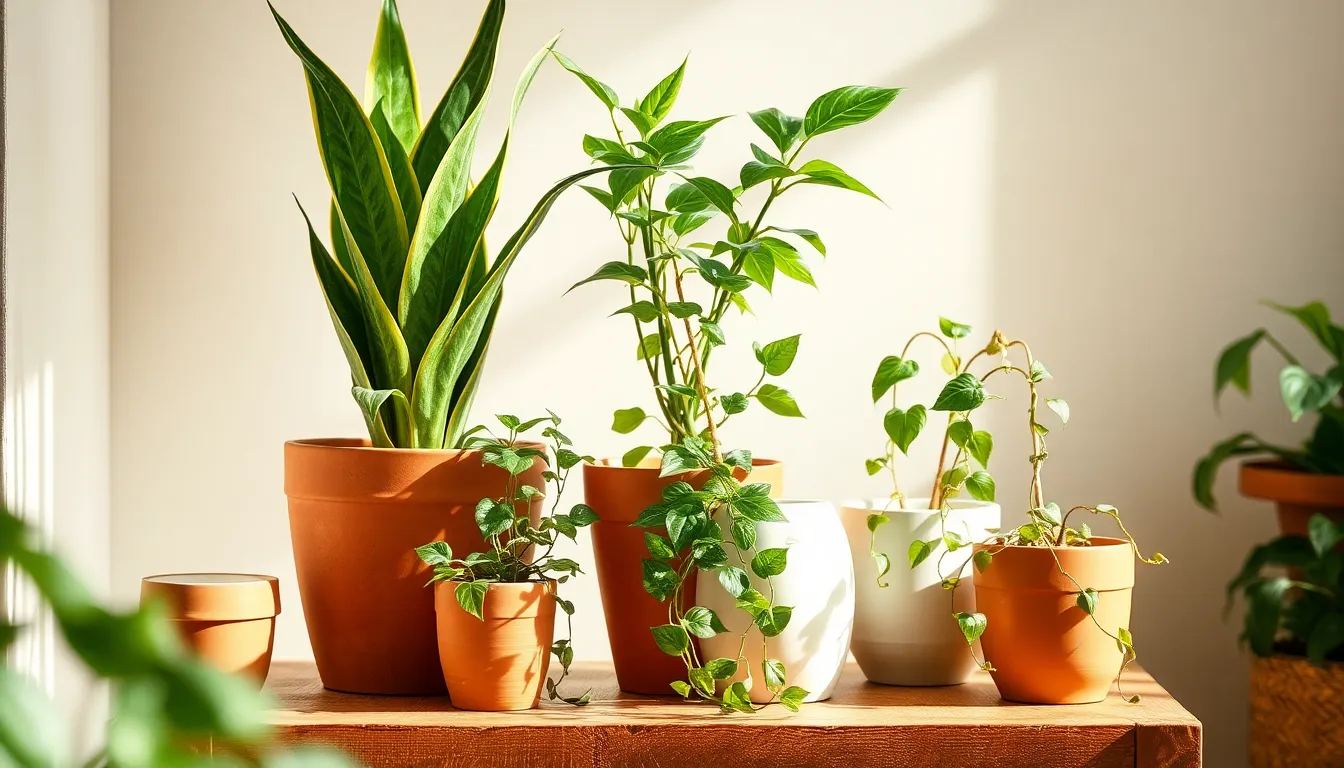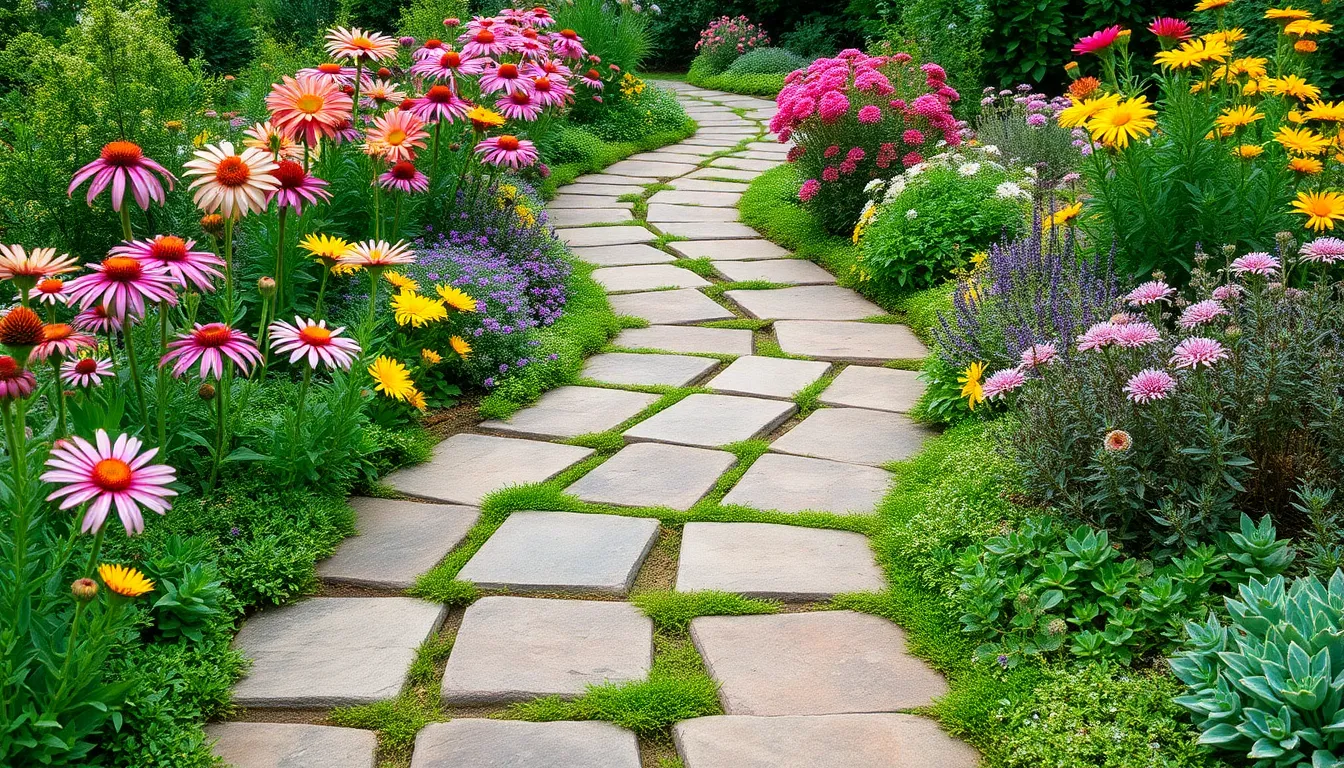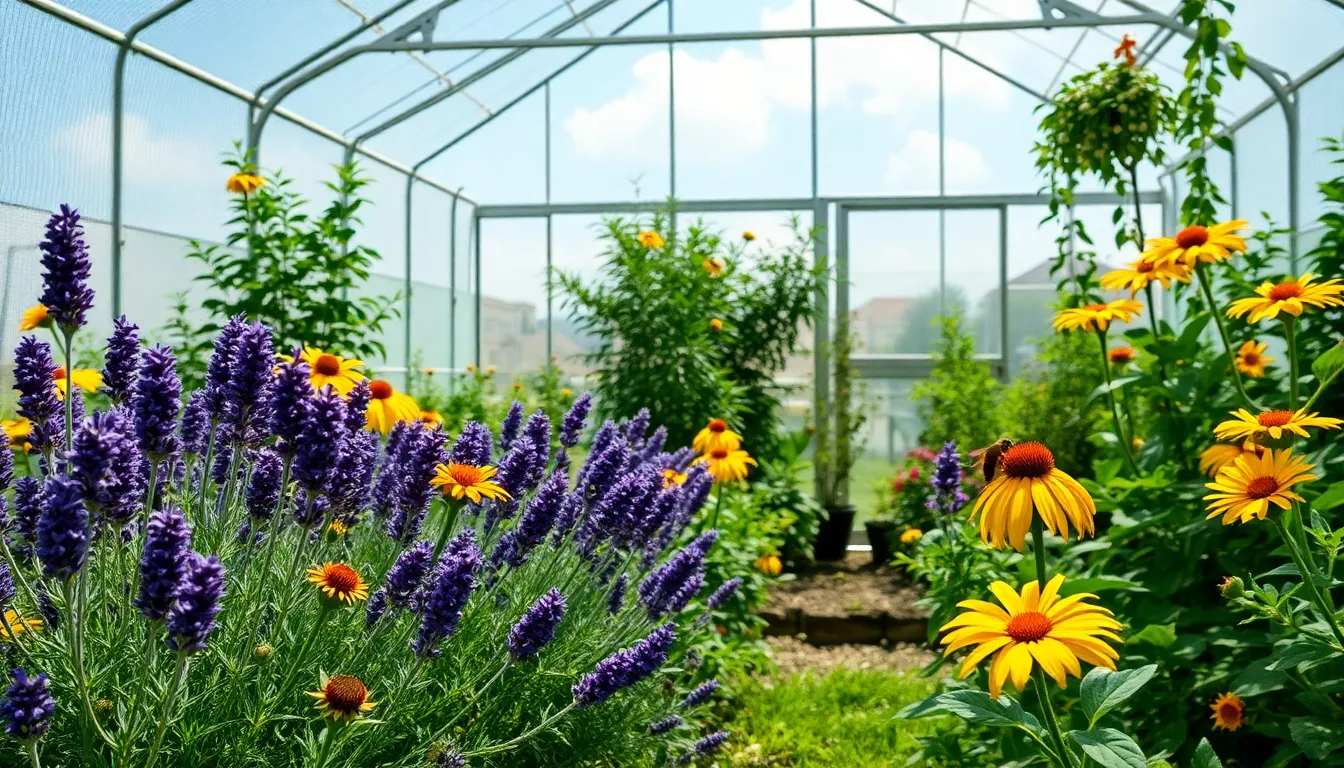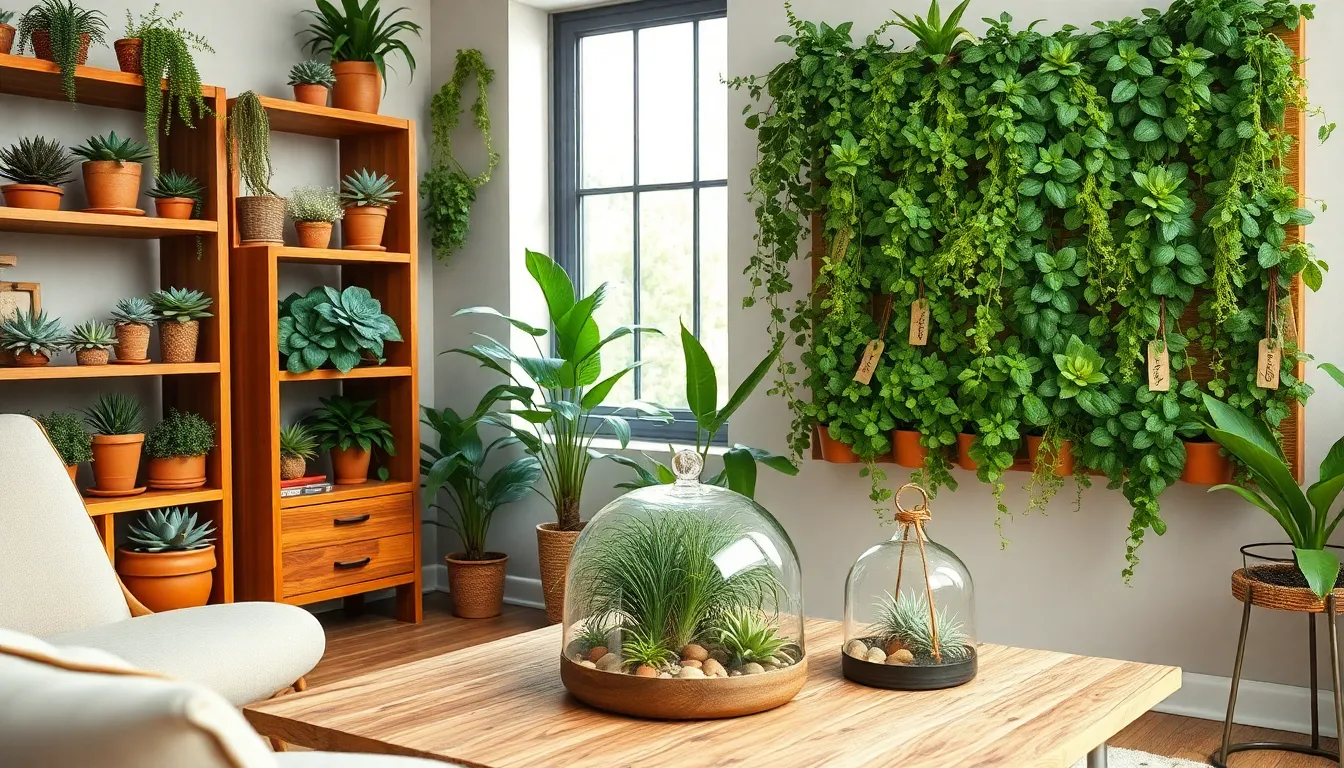Bringing the vibrant beauty of nature indoors is a joy every gardener can appreciate, whether you’re just starting out or have a seasoned green thumb. The right pot is more than just a container; it’s a crucial piece of the puzzle that plays a significant role in your plant’s health and aesthetics. Choosing the right pot for your indoor plants can make all the difference in their growth and longevity, and it can transform your living space into a lush, inviting sanctuary.
In this article, you’ll uncover the secrets to selecting pots that not only complement your home’s decor but also meet the unique needs of your plants. We’ll explore the materials, sizes, and drainage options that will help your green companions thrive. Whether you’re nurturing a delicate orchid or a robust rubber plant, understanding these elements will empower you to make informed decisions that benefit both your plants and your personal style. Let’s embark on this journey to enhance your indoor gardening experience with confidence and flair.
Assess Plant Size and Growth
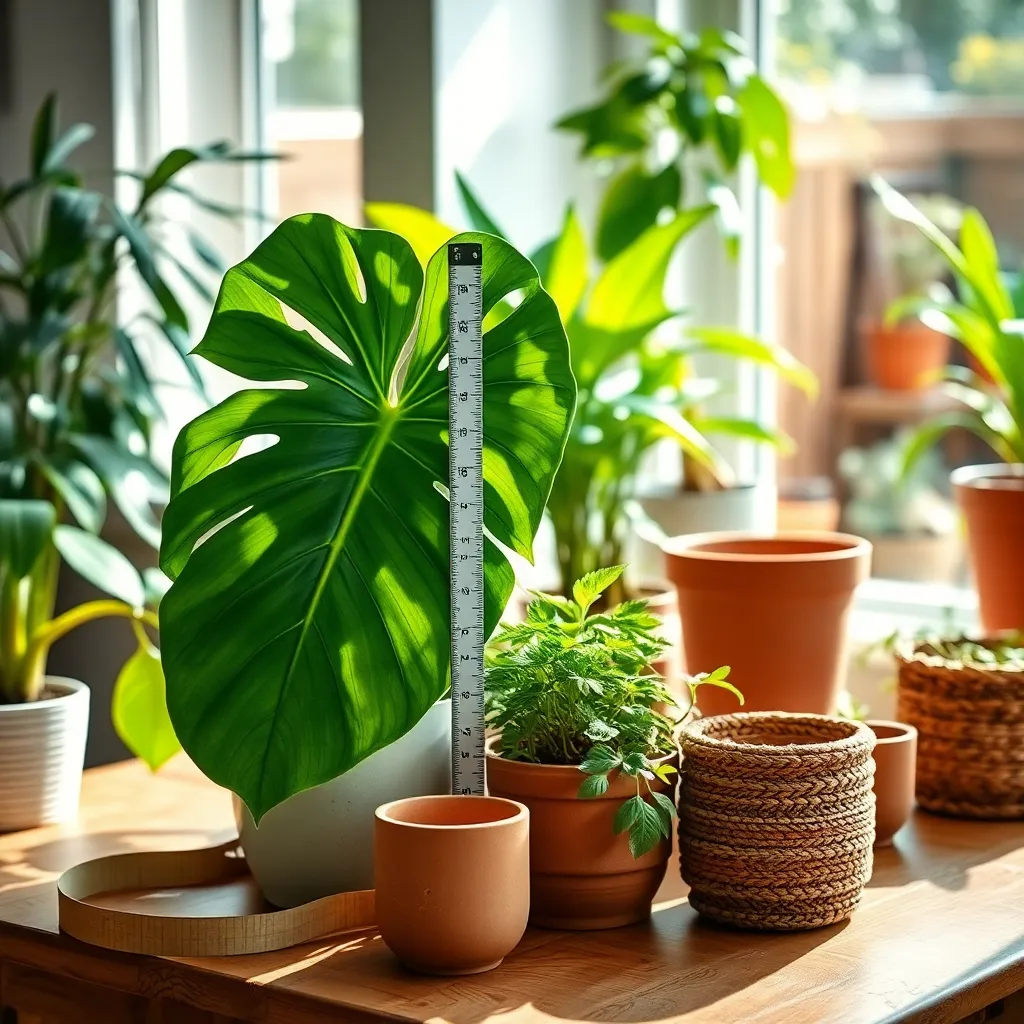
Choosing the right pot size is crucial for the healthy growth of your indoor plants. Start by assessing the current size of your plant and consider its future growth potential, as some plants grow faster and larger than others.
For beginners, it’s helpful to know that a pot should typically be about 2 inches larger in diameter than the plant’s root ball. This allows room for growth without overwhelming the plant, which can lead to overwatering due to excess soil retaining too much moisture.
More experienced gardeners might consider the specific needs of plants like succulents, which often require shallower pots with excellent drainage. In contrast, larger plants such as fiddle leaf figs thrive in deeper pots to accommodate their extensive root systems and height.
Consider the plant’s growth rate and ultimate size when selecting a pot. Fast-growing plants may need to be repotted more frequently, while slow growers can remain in the same pot longer, reducing the frequency of repotting and stress on the plant.
Advanced gardeners should also take into account the plant’s natural habitat and mimic it as closely as possible in terms of pot size and soil type. For instance, tropical plants often prefer a loamy soil mix that retains some moisture, whereas desert plants like cacti need a gritty, fast-draining medium.
Regularly check the plant’s root system to ensure it has not outgrown its pot, as this can lead to root-bound conditions which stunt growth. A simple way to test this is by gently removing the plant from its pot and inspecting the roots; if they are circling the pot or emerging from drainage holes, it’s time to repot.
Consider Pot Material Options
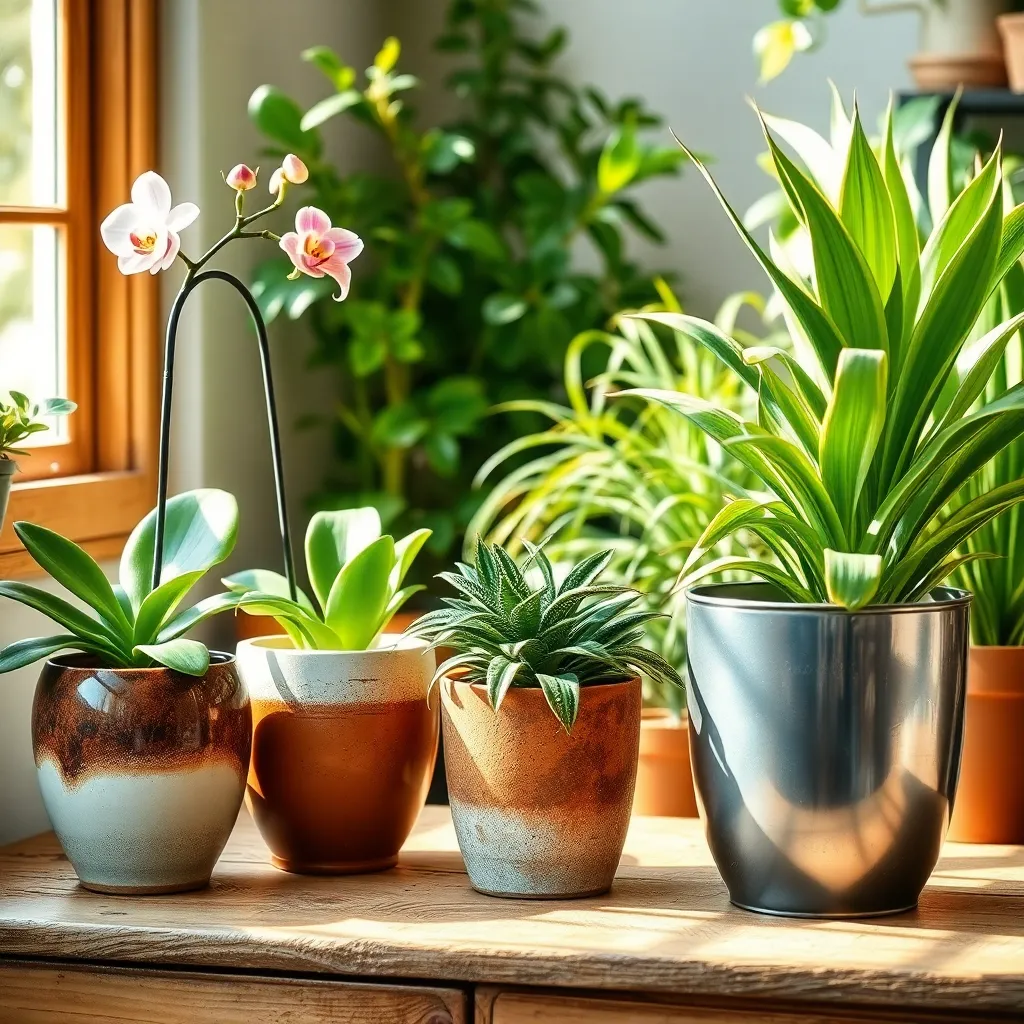
When choosing pots for your indoor plants, consider the material as it affects plant health and maintenance. Clay pots are popular for their breathability, allowing air and moisture to penetrate, which helps prevent root rot. If you choose clay, remember to water more frequently as the porous material can dry out soil faster.
Plastic pots are lightweight and retain moisture longer, making them ideal for plants that prefer consistent moisture levels. These pots are also less prone to breakage, which can be beneficial for larger plants or those in high-traffic areas. However, be cautious of overwatering, as plastic does not allow evaporation as effectively as other materials.
Consider using ceramic pots to add a decorative touch to your indoor garden while providing stability for tall or heavy plants. These pots are often glazed, which can limit breathability but enhance moisture retention, so adjust your watering schedule accordingly. For those seeking a balance between aesthetics and function, ceramic pots offer a stylish option that can complement your interior decor.
Another option is metal pots, which offer modern style and durability but can conduct heat, affecting root temperature. To mitigate this, consider using a liner or placing the metal pot inside a larger container. Keep in mind that metal pots may require more frequent watering due to their heat-conducting properties.
Check for Drainage Holes
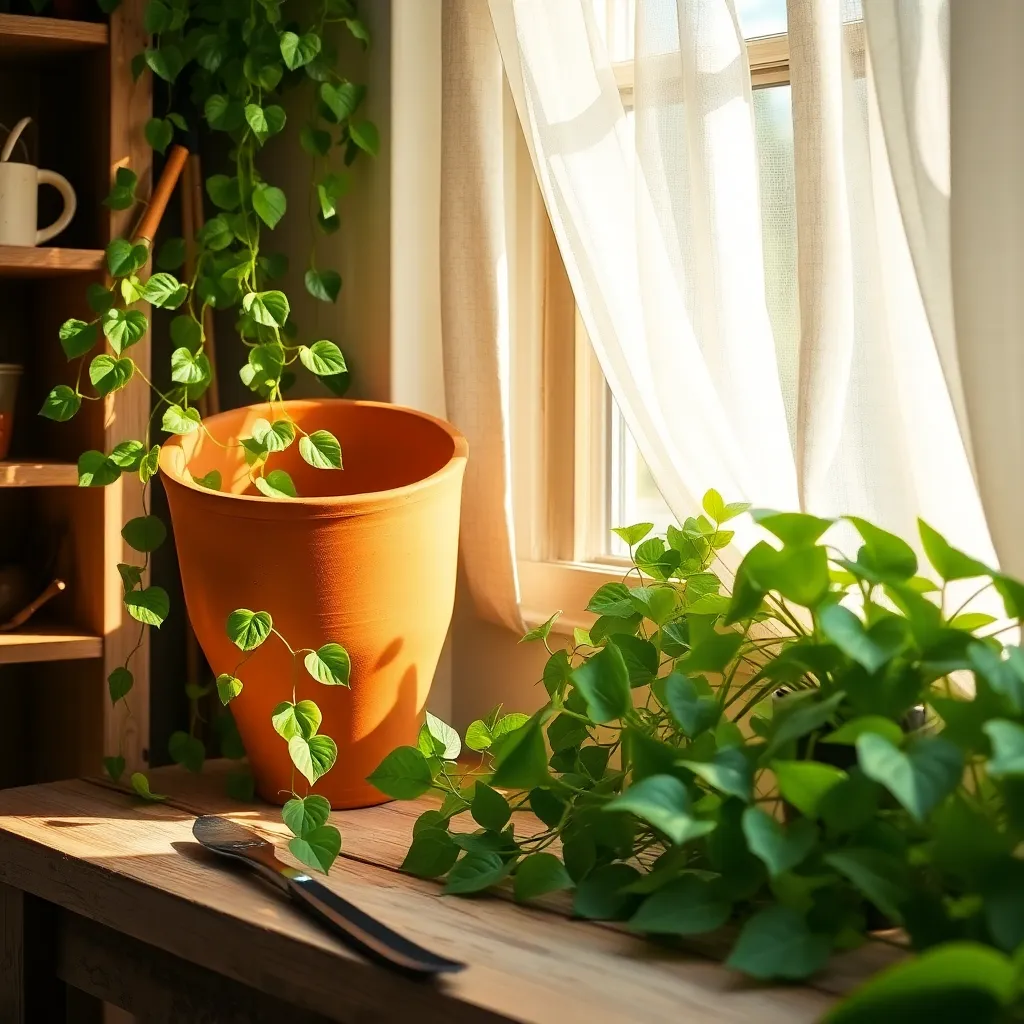
When choosing pots for indoor plants, it’s crucial to check for drainage holes at the bottom. These holes allow excess water to escape, preventing root rot and promoting healthy plant growth.
Without adequate drainage, water can accumulate, leading to over-saturation of the soil. This environment encourages fungal diseases and can suffocate plant roots, ultimately harming your plants.
For gardeners using decorative pots without drainage holes, consider using them as outer pots. Simply place a smaller pot with drainage holes inside, ensuring that the inner pot sits above any water that collects in the bottom.
Advanced gardeners might drill their own drainage holes in pots, especially those made of materials like plastic or resin. Be sure to use the correct drill bit for the material, and always wear safety gear when doing so.
To further enhance drainage, add a layer of stones or broken pottery at the bottom of the pot before adding soil. This helps in keeping the soil from blocking the drainage holes, ensuring a consistent flow of water.
Match Pot Style with Decor
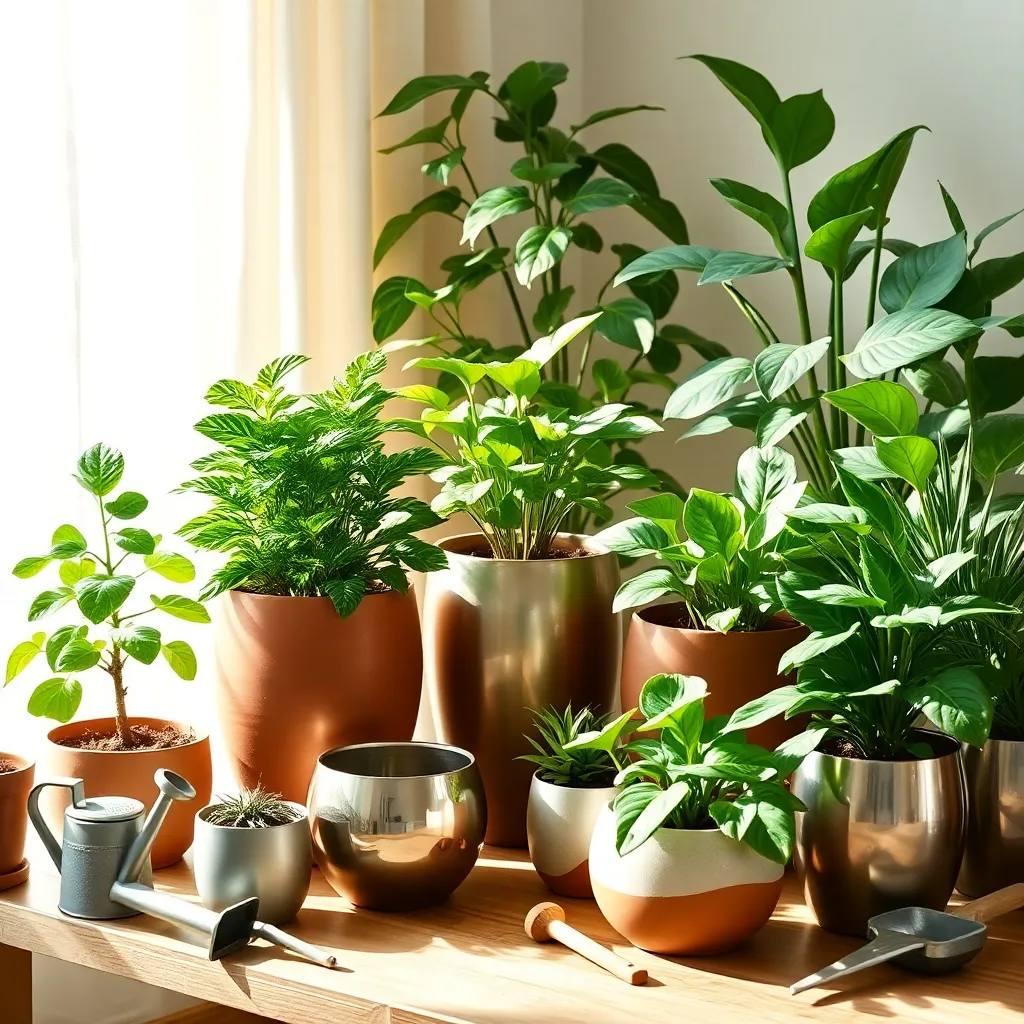
Incorporating your pot style with your home decor can be a delightful way to enhance your indoor space. Choose pots that not only complement your plants but also harmonize with your existing interior themes, whether it’s rustic, modern, or bohemian.
For a minimalist aesthetic, consider using sleek, neutral-toned pots that allow the vibrant greens of your plants to stand out. Materials like ceramic or metal can provide a clean, polished look while offering durability for your houseplants.
If you’re aiming for a more natural or rustic vibe, opt for terracotta or clay pots. These materials breathe well, which helps maintain optimal moisture levels for plants like succulents and cacti, reducing the risk of root rot.
Experiment with different pot textures and patterns to add character to your room. Using woven baskets or pots with intricate designs can create a cozy and inviting atmosphere, perfect for larger plants like fiddle leaf figs or monstera.
Remember that the pot size should be proportional to the plant’s growth requirements. A pot that’s too small can restrict root development, while one that’s too large can lead to overwatering issues, especially for species like African violets or spider plants.
Additionally, consider using a cachepot or decorative outer pot to hide less attractive nursery pots. This allows you to easily swap out plants while maintaining a consistent decorative look, which is especially useful for seasonal changes or plant rotations.
Ensure Pot Stability and Safety
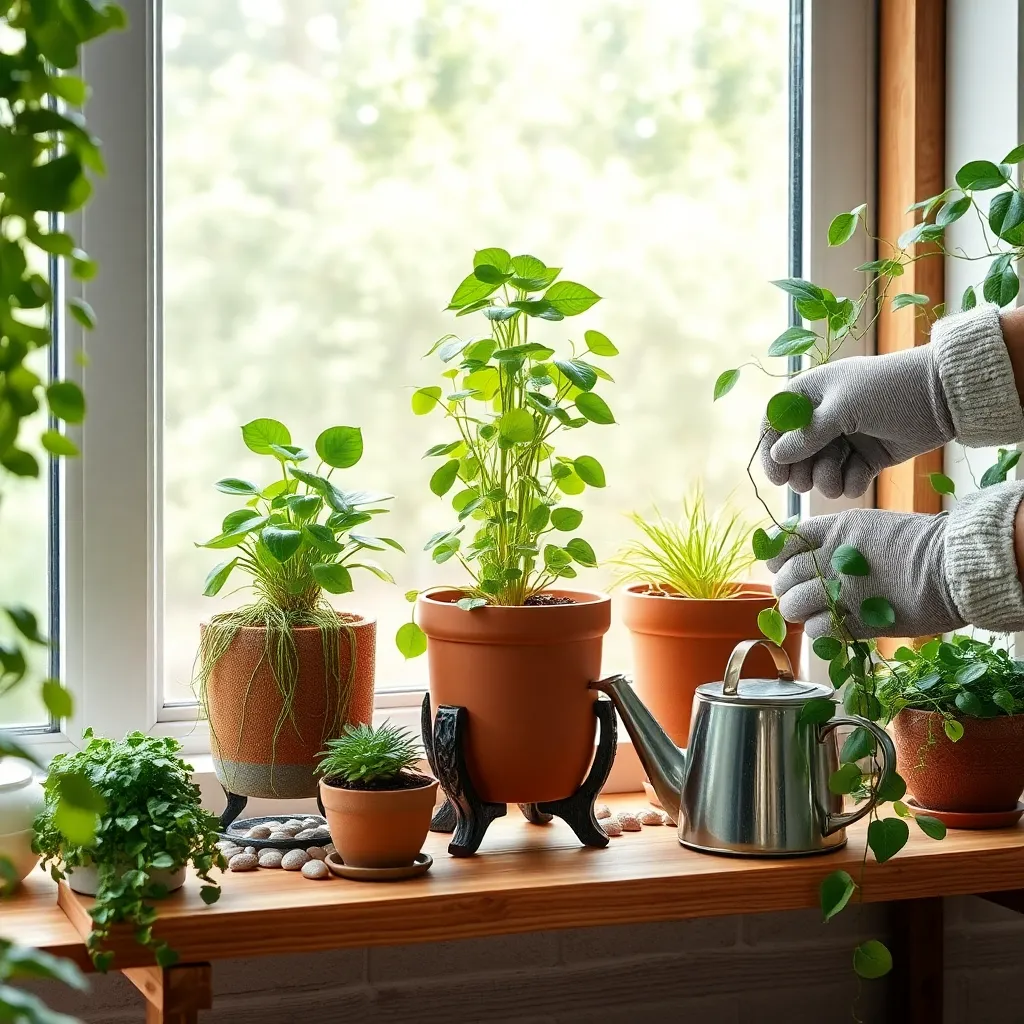
When selecting pots for your indoor plants, it’s essential to ensure they are stable and secure. Look for pots with a wide base as they provide better balance and reduce the risk of tipping over.
Consider the weight of the pot, especially if you have pets or children who might accidentally knock it. Heavier pots, such as those made of ceramic or concrete, can offer more stability, but remember they can be difficult to move once filled with soil and plants.
For added safety, especially in areas with heavy foot traffic, use pots with rubber feet or place them on a non-slip mat. This helps prevent accidental slipping and protects your floors from scratches.
Moreover, ensure that your pot has a drainage hole at the bottom to prevent waterlogging, which can destabilize the plant and harm its roots. If you’re using a decorative pot without a hole, place a smaller pot with drainage inside it, and add a layer of pebbles at the bottom to catch excess water.
For advanced gardeners, consider using self-watering pots that provide consistent moisture without the need for frequent watering. This can be especially beneficial for plants like ferns and peace lilies, which thrive in consistently moist soil.
Conclusion: Growing Success with These Plants
In cultivating your indoor garden, choosing the right pots is akin to nurturing a healthy relationship—it requires understanding, patience, and the right choices. We explored five essential concepts: the significance of pot material for plant health, the importance of drainage for growth, the role of size and proportion in flourishing relationships, the aesthetic harmony between pot design and plant, and the mindful approach to placement and light. Just as these elements contribute to a thriving indoor garden, they are metaphorically vital to nurturing your personal relationships.
As an actionable next step, consider assessing your current plant pots or relationship dynamics to see if they align with these principles. You might find opportunities for growth or improvement that you hadn’t considered before.
Remember, like any relationship, the journey of plant care is ongoing. Bookmark this article as a handy guide to revisit and refine your approach, ensuring your relationships—both with your plants and loved ones—continue to thrive. As you embrace these insights, anticipate a future of flourishing connections, where both your indoor garden and personal relationships blossom beautifully.

